
Understanding Vacuum Measurement Units Vacaero
Mercury vacuum gauges. This simple gauge measures the difference in the levels of the mercury from 0 inches at atmospheric pressure up to inches of Hg at the best vacuum attainable. This scale is still in use today, usually shown as 0 to 30 inches of Hg on gauges such a Bourdon dial gauges.

Gauge Pressure, Absolute Pressure, and Pressure
Absolute Pressure. In both cases, Pabs differs from atmospheric pressure by an amount hρg, where ρ is the density of the fluid in the manometer. In Figure 2 (b), Pabs can support a column of fluid of height h, and so it must exert a pressure hρg greater than atmospheric pressure (the gauge pressure Pg is

Vacuum Pressure: What is it & how do you measure it?
Vacuum pressure is measured relative to ambient atmospheric pressure. It is referred to as pounds per square inch (vacuum) or PSIV. The electrical output of a vacuum pressure transducer is 0 VDC at 0 PSIV (14.7 PSIA) and full scale output (typically 5 VDC) at full scale vacuum, 14.7 (0 PSIA).

Pressure Measurements
The pressure is referenced to atmospheric pressure and Has both a positive and negative component, i.e. 0.5" H 2 O To +0.5" H 2 O Vacuum pressure The pressure is referenced to atmospheric pressure and by convention is measured in the negative direction, i.e. 50 mm Hg Standard Atmospheric Pressure

Thermodynamics Solutions Manual: October 2014
1 41E A manometer is used to measure the air pressure in a tank. The fluid used has a specific gravity of , and the differential height between the two arms of the manometer is 28 in. If the local atmospheric pressure is 12.7 psia, determine the absolute pressure in the tank for the cases of the

Gauge Pressure, Absolute Pressure, and Pressure
Gauge pressure is the pressure relative to atmospheric pressure. Gauge pressure is positive for pressures above atmospheric pressure, and negative for pressures below it. In fact, atmospheric pressure does add to the pressure in any fluid not enclosed in a rigid container. This happens because of Pascal’s principle.

Pressure measurement Wikipedia
Thus a vacuum of 26 inHg gauge is equivalent to an absolute pressure of 30 inHg (typical atmospheric pressure) − 26 inHg = 4 inHg. Atmospheric pressure is typically about 100 kPa at sea level, but is variable with altitude and weather. If the absolute pressure of a fluid stays constant, the gauge pressure of the same fluid will vary as atmospheric pressure changes.

Convert in Hg to psi Conversion of Measurement Units
It also gives the correct answer for absolute pressure, assuming you are measuring psia, which is the pressure relative to absolute zero vacuum. If you are measuring relative to vacuum and want to resolve the pressure relative to the atmosphere, then you should use the form below. in Hg (relative to vacuum) psi (relative to atmosphere)

RT 3111 Respiratory Care Exam 1 Study guide Flashcards
RT 3111 Respiratory Care Exam 1 Study guide. The pressure gauge on the cylinder reads 1800 psi. How long will the cylinder provide the appropriate oxygen flow? 1800 psi × ( ) ÷ 4 L/min = 126 minutes, or about 2 hours at normal atmospheric pressure, is inadequate. Hemoglobin is the main carrier of oxygen. Each gram of hemoglobin can

HVAC Chapter 2 Fundamentals of Pressure Flashcards Quizlet
Start studying HVAC Chapter 2 Fundamentals of Pressure. Learn vocabulary, terms, and more with flashcards, games, and other study tools. inches of vacuum below atmospheric pressure. D) PSI above atmospheric pressure, inches of vacuum below atmospheric pressure A compound gauge range is from 30 inches of hg to 20% over the expected PSI.

Pressure
The Standard Atmospheric Pressure (atm) is normally used as the reference when listing gas densities and volumes. The Standard Atmospheric Pressure is defined at sea level at 273 o K (0 o C) and is bar or 101325 Pa (absolute). The temperature of 293 o K (20 o C) is sometimes used. In imperial units the Standard Atmospheric Pressure is psi. 1 atm = bar = 101.3 kPa = 10 5

14.2 Measuring Pressure University Physics Volume 1
At this point, the pressure gauge on the tank reads zero, even though the pressure inside the tank is actually 1 atmosphere—the same as the air pressure outside the tank. Most pressure gauges, like the one on the scuba tank, are calibrated to read zero at atmospheric pressure.

Gauge Pressure, Absolute Pressure, and Pressure
Gauge pressure is the pressure relative to atmospheric pressure. Absolute pressure is the sum of gauge pressure and atmospheric pressure. Aneroid gauge measures pressure using a bellows and spring arrangement connected to the pointer of a calibrated scale. Open tube manometers have U shaped tubes and one end is always open.

9.1 Gas Pressure Chemistry
Standard atmospheric pressure of 1 atm at sea level (101,325 Pa) corresponds to a column of mercury that is about 760 mm ( in.) high. The torr was originally intended to be a unit equal to one millimeter of mercury, but it no longer corresponds exactly.

ENGR103 Final Exam Flashcards Quizlet
ENGR103 Final Exam. Water enters a cylindrical tank through two pipes and exits through one pipe. The height of the water in the cylinder stays constant, therefore the continuity principle can be applied to this system. The inflow pipe on the left has a diameter of 7cm and the velocity through this pipe is 3m/s.

Fundamentals of Vacuum Hydraulics & Pneumatics
To adjust a pump rating, think of that rating as a percentage of atmospheric pressure at sea level. If a pump is rated for 25 , it can achieve 83.4% (25 ) of a sea level perfect vacuum. At a 5000 ft elevation, that same pump can achieve 83.4% of 25 or a vacuum of .

Gauge Pressure, Absolute Pressure, and Pressure
The total pressure, or absolute pressure, is thus the sum of gauge pressure and atmospheric pressure: where is absolute pressure, is gauge pressure, and is atmospheric pressure. For example, if your tire gauge reads 34 psi (pounds per square inch), then the absolute pressure is 34 psi plus 14.7 psi ( in psi), or 48.7 psi (equivalent to 336 kPa).

Atmospheric pressure Wikipedia
Atmospheric pressure, sometimes also called barometric pressure (after the sensor), is the pressure within the atmosphere of Earth (or that of another planet). The standard atmosphere (symbol: atm) is a unit of pressure defined as mbar (101325 Pa ), equivalent to 760 mm Hg ( torr ), inches Hg , or psi . [1]

316 A vacuum gage connected to a tank reads 30 kPa at a
Answer: psia 3 18 A pressure gage connected to a tank reads 500 kPa at a location where the atmospheric pressure is 94 kPa. Deter mine the absolute pressure in the tank. 3 19 The barometer of a mountain hiker reads 930 mbars at the beginning of a hiking trip and 780 mbars at the end.

Vacuum Pressure Units Converter
Vacuum Vacuum is defined as air pressure below atmospheric pressure Vacuum Evacuation Time Vacuum pumps calculating flow rate and required evacuation time Vacuum Expansion Air Ratio Convert vacuum air volume to standard air volume



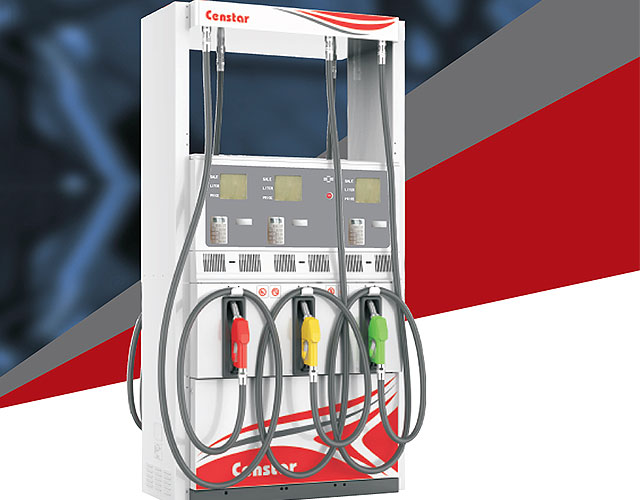

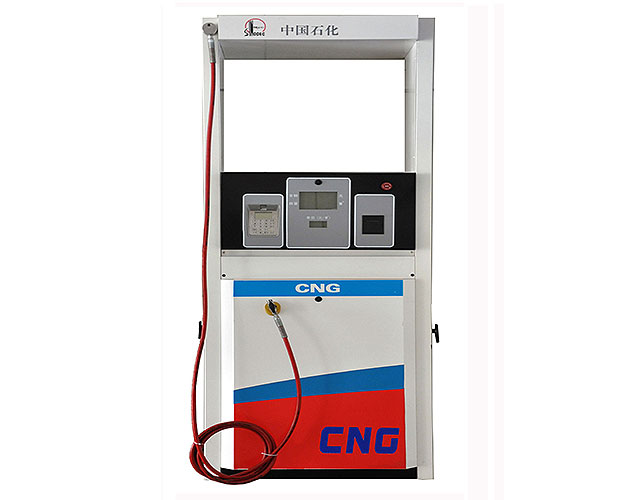
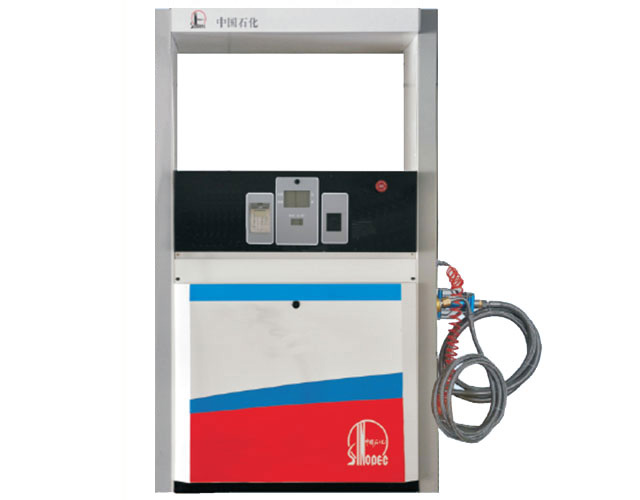

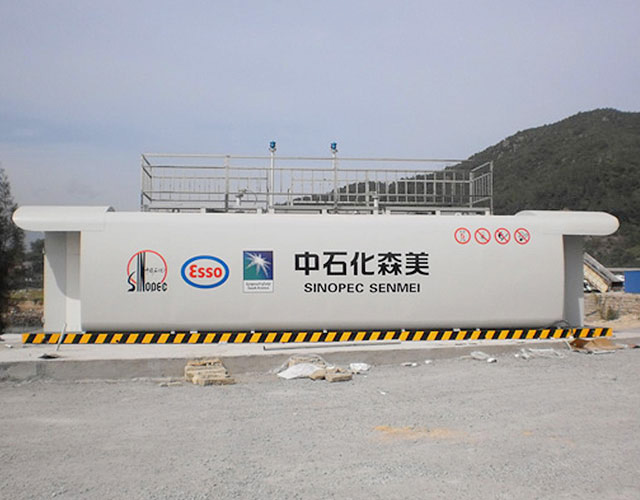
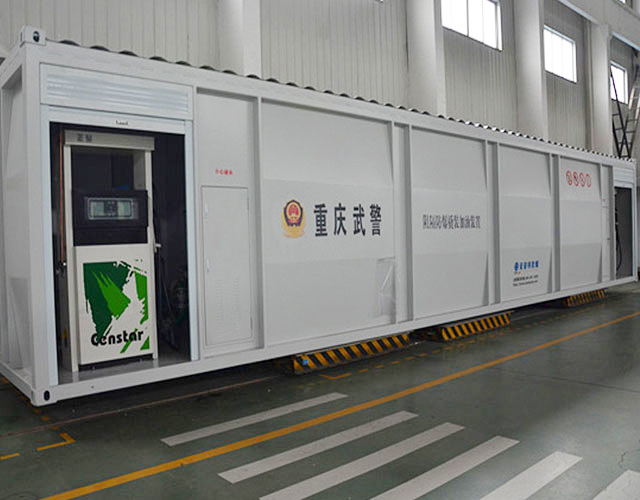
 Message
Message tel
tel Inquiry
Inquiry